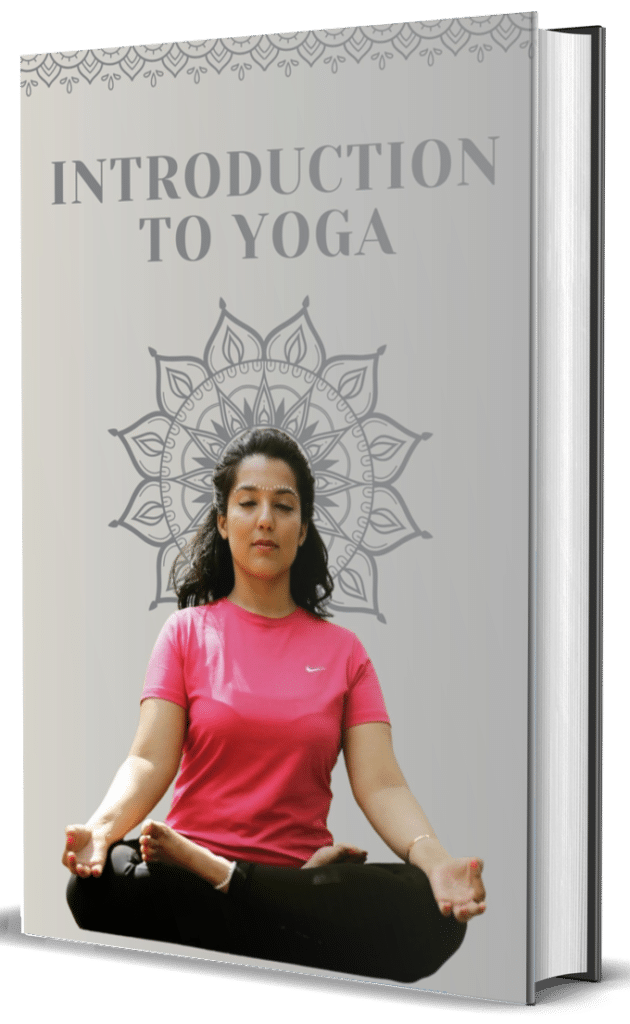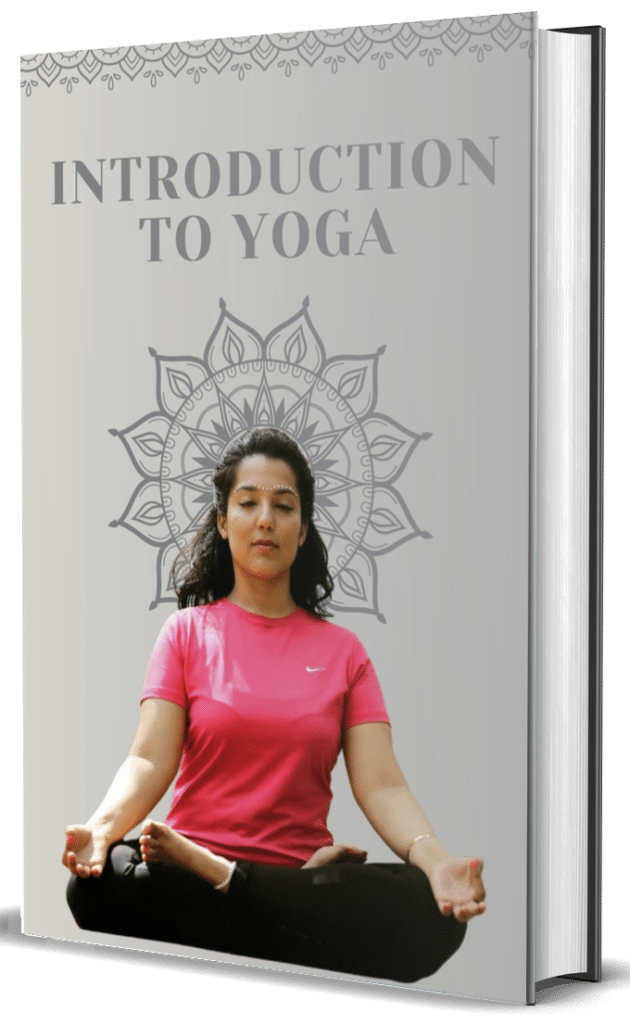Maha Mudra, or the Great Seal, represents one of the most significant and comprehensive energy-focusing techniques in the hatha yoga tradition. The Sanskrit name combines “maha” meaning great or supreme and “mudra” meaning seal or gesture, reflecting its status as a practice that integrates physical posture, breath control, energy direction, and meditative focus into a single powerful technique.
In its classical form, Maha Mudra begins with the practitioner seated with the left heel pressing against the perineum (the point between the genitals and anus), the right leg extended forward, and the spine lengthened upward. The hands typically grasp the extended foot or a strap placed around it. The practitioner then performs Jalandhara Bandha (chin lock) while retaining the breath after inhalation and applying Mula Bandha (root lock). This integrated position is held with focused awareness directed along the spine, creating a sealed circuit for energy to accumulate and rise.
Traditional yoga texts attribute profound significance to this practice. The Hatha Yoga Pradipika describes Maha Mudra as capable of curing diseases, promoting longevity, and awakening kundalini energy. The Gheranda Samhita claims it can “destroy death” and grants the eight classical yogic powers (siddhis). While modern practitioners approach such claims metaphorically, they reflect the high regard this technique holds within traditional yoga systems.
From an energetic perspective, Maha Mudra works simultaneously with multiple dimensions of the subtle body. The physical position creates a closed circuit that prevents the dissipation of prana (vital energy). The three bandhas applied during the practice direct this contained energy upward through the central channel (sushumna nadi). The breath retention builds energy pressure, while the meditative focus directs this energy toward spiritual awakening.
Physiologically, the practice stimulates the parasympathetic nervous system through pressure on specific nerve plexuses. The combination of forward bending and breath work massages the abdominal organs, potentially improving digestive function. The spinal extension and chin lock may influence the functioning of the endocrine system, particularly the thyroid gland. The balanced pressure on the pelvic floor muscles helps maintain their tone and function.
For contemporary practitioners, several preparatory practices help develop the necessary foundations for safe and effective Maha Mudra practice. These include seated forward bends to develop hamstring flexibility, simple breath retention exercises to build respiratory capacity, and isolated practice of the three bandhas to develop control of these subtle muscular contractions. Those with hypertension, glaucoma, or herniated discs should approach this practice with caution and appropriate modifications.
Traditionally, Maha Mudra forms part of a comprehensive practice sequence, often performed in conjunction with other mudras and bandhas. The classic prescription recommends practicing it on both sides (alternating which heel presses the perineum) for balance, gradually building the duration of holds as capacity develops. The technique serves as a bridge between the physical practices of hatha yoga and the meditative focus of raja yoga, integrating body, breath, and mind into a unified system for spiritual transformation.



